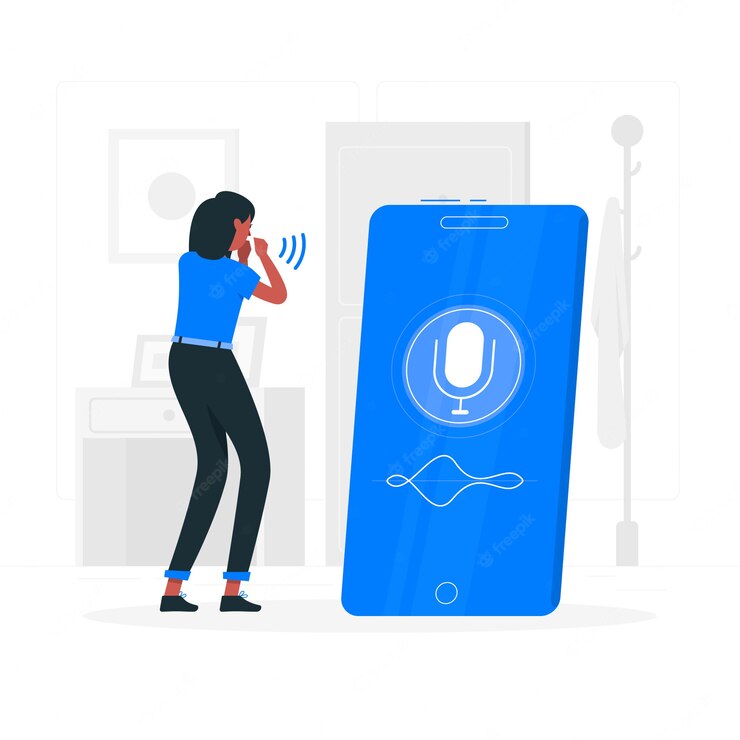Nowadays, technology is everywhere. Technology is a part of everyone’s life and it has also revolutionized the world. People are immersed in multi-functional devices such as smartphones or computers. Besides, technology provides everyone with excellent tools, which are just at their fingertips. Also, technology has made the way of living more accessible, better, and more productive for everyone.
From the minute people open their eyes to start their routines, smartphones are there to wake them up. Then, the alarm is turned off and they receive regular updates about the world, such as news, reports, or scandals. Tech users just read and scroll on social media comfortably from their beds. Apart from this, technology allows them to do multiple things like searching photos by category, playing their favorite show on TV, and scanning QR codes.
What Else Can Technology offer?
Technology also offers transcription alternatives. The definition of transcription is a written text based on a recording or a voice note. So, it allows you to have a documented copy of a speech or audio tape that you can read. Tech users tend to fall back on this alternative frequently. When they are just too tired to type words or sentences on the keyboard or if they do not have the time to listen to an audio tape, they resort to this option.
Is Speech To Text API The Same As Transcription?
Speech to text API and transcription are almost identical. Transcription is a task that is still performed by human beings and, sometimes, it is done on paper. On the contrary, speech to text API is completely technological and on-screen. A speech to text application programming interface makes use of artificial intelligence and machine learning.
An Easy-To-Understand API
As already mentioned, the job of speech to text APIs is to transcribe speech or to transcribe records into text. The English Speech to Text API by Zyla Labs transcribes English audios and record into text and stores transcribed written text. The English Speech to Text API has the ability to make a transcript out of any audio you deliver to it. Moreover, this API eliminates expressions like “ah” or “uh” so you get a clean transcription.
What Are The Most Common Uses Of The English Speech To Text API?
In general, the English Speech to Text application programming interface has several uses. For example, companies take advantage mainly of employing this speech to text API in order to have a transcription of their meetings. Then, they just read and analyze everything that their teammates or clients said. Moreover, companies that develop smart assistants for applications can use speech to text to search inquiries or command-and-control features by voice.
There are even more habitual uses of the Speech to Text API. Representatives of call centers can gain access to call center transcriptions by submitting the files to this API. In this way, they can have access to customer support calls, so there is better knowledge of how clients are being handled. Apart from this, voice typing is also very common usage. Applications and websites can allow visitors and customers to take advantage of their voices in order to dictate long-form text. They can insert text for texting, email and documents.
What’s Next?
You just need to sign up. The next step is being assigned a personal API access key, a unique combination of letters and digits provided to access our API endpoint. Then, the English Speech to Text API will be delivered an audio URL and, instead, it will hand a transcription over.



